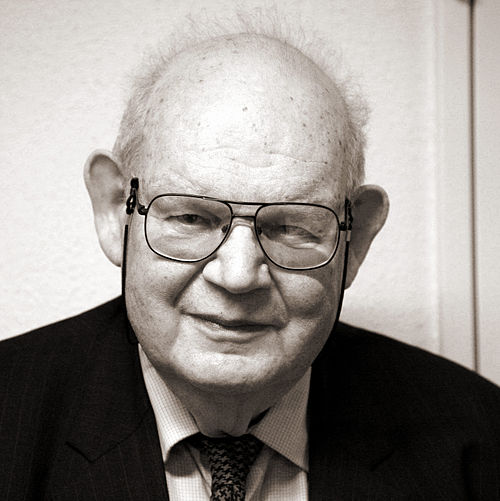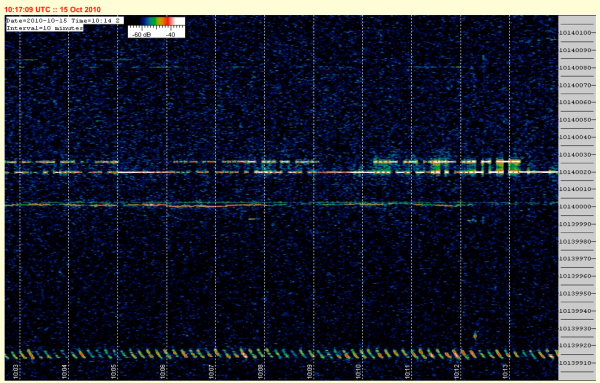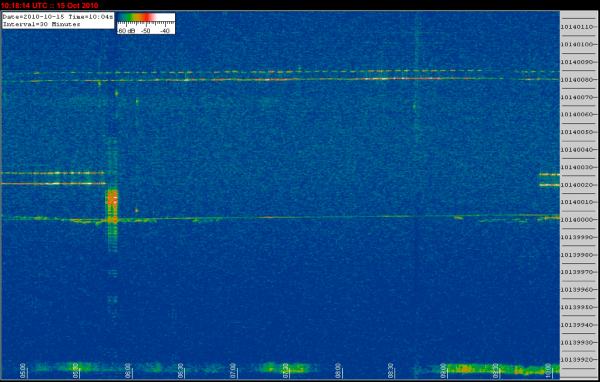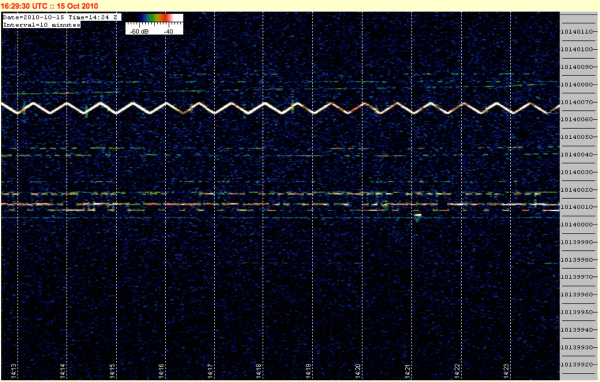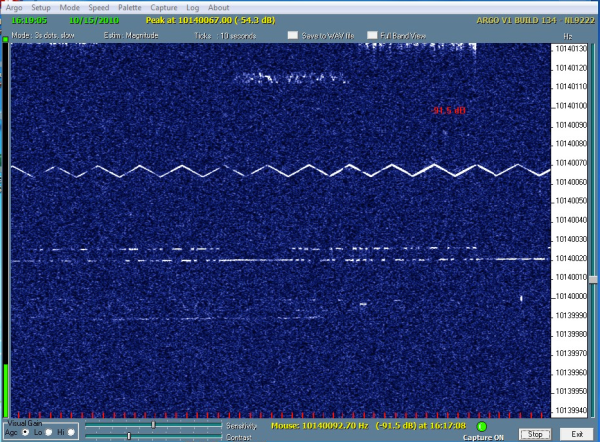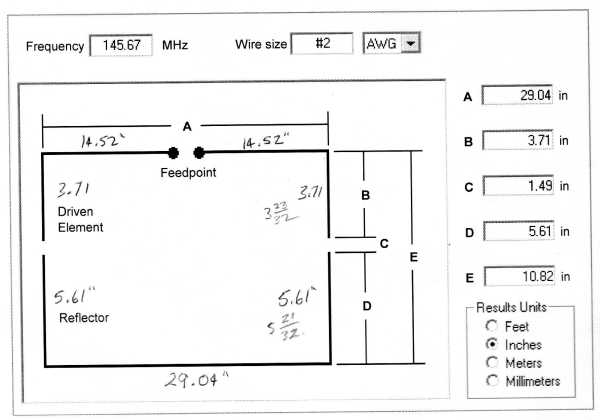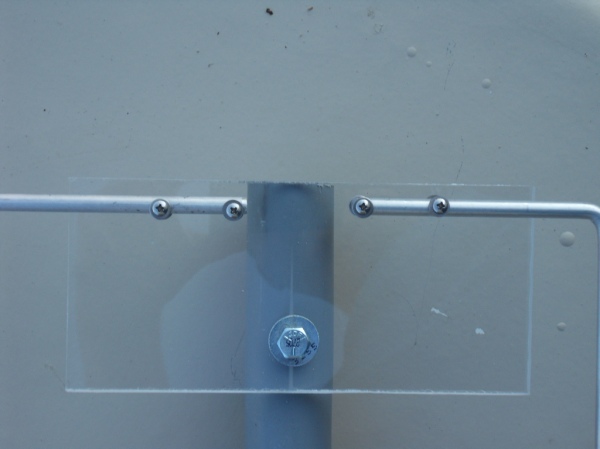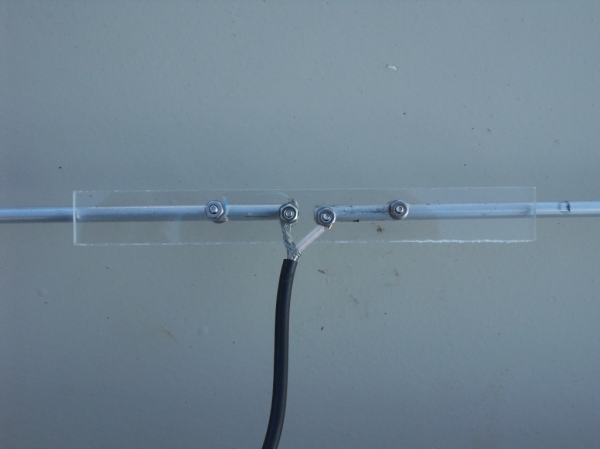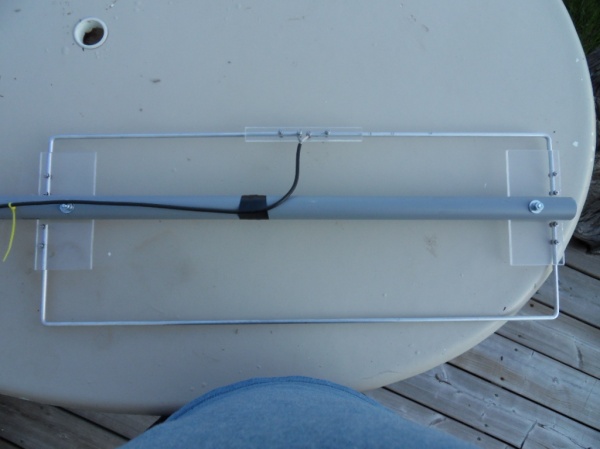Author Archive
 Benoît Mandelbrot 1924-2010
Benoît Mandelbrot 1924-2010
It was sad to read late last night that Benoît Mandelbrot had just died. He was an outstanding mathematician and the individual that coined the term ‘fractal’. Obituaries can be found at the New York Times and the BBC.

A closer look into a Mandelbrot set. (Courtesy of Dr. Wolfgang Beyer and reproduced from Wikimedia Commons).
Beside the fractal he is perhaps most famous for the Mandlebrot Set (see an image above), which of course has fractal geometry. As a grad student, in the late ’80s and early ’90s, myself and a few others would run our computers in our spare time to generate Mandlebrot sets and we would zoom in and explore different regions. This was outside our main research work but these images were so beautiful it was fun to explore the set by mathematically zooming in to different regions. Professionally I still work in nonlinear science and I was sad to hear of the passing of Mandlebrot. His legacy to our understanding of the natural world and nonlinear science is considerable. Here is a clip of a BBC documentary that explains some of what he helped us understand.
Here is the man himself talking earlier this year at a TED talk.
If you are wondering if there is a connection to amateur radio. Well besides a better understanding of our natural world, Mandelbrot’s work gave us fractal antennas.
 QRSS reception report
QRSS reception report
I received a reception report today via the KnightsQRSS e-mail list. Pierre, ON5SL, received my QRSS signal last night in Belgium along with the signals from WB3ANQ and W4HBK, as shown above. My signal is running QRSS3, that is a 3 second dit, and is the bottom trace.
My set-up was the homebrew transmitter putting out 160mW into the homebrew Z-match and an 88′ doublet (again homebrew). Helping match the short coax feed to the outside of the house to the doublet’s ladderline is an Elecraft BL2 balun.
Thanks goes to Pierre for the reception report. This is not the first time he has sent reception report, he sent me one in April and also one in March 2009. I am sure I speak for all who run such beacons that we all welcome and appreciate reception reports of our signals.
 QRSS shows 30m propagation conditions
QRSS shows 30m propagation conditions
After reading about Julian’s QRSS activities I decided to put my 30m QRSS beacon back on the air which has had a break for a few months. This morning I checked W4HBK’s grabber and was pleased to see my signal getting into Pensacola, FL (see 10140020Hz in the image above). I then checked his 4 hour scan and saw something interesting, but not too surprising.
The scan clearly shows my 160mW signal stopped reaching Pensacola, from Ontario, at around 00:40am local time (0540 UTC) and then was received again at just before 5am (1000UTC). The closing down of the band in the early hours of the morning is to be expected, but it is nice to see the time and duration of the closing so clearly illustrated.
A few hours later I checked again and the 4 hour scan revealed other QRSS signals joining mine about 2 hours after mine had appeared on W4HBK’s grabber.
The 10 minute grabber screenshot below shows the number of signals being received by W4HBK and how popular QRSS has become, after the release of kits by Hans Summers, G0UPL, and Genesis Radio.
Comparing that to reception in Nova Scotia recorded by Vernon’s, VE1VDM, grabber it can be seen that not all the signals were visible. My trace was clear, but my QRSS station is perhaps the closest to Vernon’s station.
This nicely shows how milliwatt QRSS signals reveal propagation conditions. I was also pleased to see how stable my homebrew QRSS transmitter still is (remember the frequency shift in the keying of my signal is about 6Hz). To help reduce/eliminate thermal drift I have the oscillator surrounded by pieces of polystyrene packing.
 2m Moxon antenna by VA3OMP
2m Moxon antenna by VA3OMP
Back in August I was doing some simplex D-Star and D-RATs testing with Greg, VA3OMP on 145.67MHz. He lives in the West part of Ottawa in Kanata and I live in the South in Greely so to improve the link between us Greg constructed a 2m Moxon. The antenna is built out of solid aluminium rod and as you can see he put some craftsmanship into building it. Greg kindly agreed that I could post the pictures and details here.
To determine the measurements Greg used the design program at the Moxon antenna project website. Here are the dimensions.
Greg reported the built antenna had an SWR of 1.6 :1 at the design frequency.
Here are set of pictures showing the construction.
Thanks to Greg, VA3OMP, for supplying and sharing his photographs and construction details. All photographs are copyright to Greg Speakman, VA3OMP.
 Videos of Akihabara
Videos of Akihabara
Tokyo Hackerspace has recently released these videos of a tour of Akihabara in Tokyo and they have done a viral tour of some of the major hacker blogs like Make and Hackaday. If you have not already seen them then they are worth the time watching as Akiba of Freaklabs gives a great tour of this part of Tokyo which is brimming with stores that sell tools, electronic components and everything else for the hobbyist, maker, hacker and engineer.
The full collection of 24 videos are on the Tokyo Hackerspace website. The video recording was made in HD so if you have a good bandwidth connection try the 1080 HD version on full screen. Here are a couple of the videos that I found particularly interesting. First an amateur radio store called ‘Rocket Radio’
This next video shows a collection of indoor stalls that sell a wide variety of hobbyist items. The location reminded me of a British indoor market, but instead of clothes and food here you can buy radios and enclosures. A collection of ‘candy stores’ for hobbyists.
I had heard of Akihabara but was stunned watching these videos how many stores there are. I am sure it is unique in the density of electronics and construction retailers. I would be interested to hear from anyone if they know of a collection of electronic component stores similar to this elsewhere, particularly in North America. No doubt there were smaller collections of shops like this after World War II when the surplus gear hit the high street. I know in London, UK, Tottenham Court Road had a concentration of such stores and I remember my father taking the family there when we visited London in the 70′s when I was a kid. I believe that Shudehill in Manchester, UK, also had electronic component stores around that time (again I recall a visit with my father) but they had all gone except for a TV and Radio store in the 80′s when I was a student there.
Thanks to Akira of FreakLabs, Patrick of Work in Progress and Tokyo Hackerspace for bringing us these videos.
 EEVblog entertains nerds!
EEVblog entertains nerds!
I enjoy Dave Jones’ Electrical Engineering Video Blog, or EEVblog. He recently submitted this video to a competition. It is a 90 second compilation showing the entertaining side of what he shares with followers and makes a great commercial for the EEVblog, so I include it here in case you have never watched one of his videos. Warning, best not to watch this with the kids or grandma in earshot!
Don’t go thinking that Dave just fools around on his videos. There is some pretty good information in the posts, so give his site a try if you like electronics.
 The completed Warbler
The completed Warbler
A few weeks ago I finished the box to mount the Warbler. The connectors are all soldered directly to the pcb board so the alignment of holes had to be done carefully. When doing such layout and drilling I am always grateful of the ‘O’level in metalwork that I finished back in high school thirty years ago now. (As a sidenote I am currently reading ‘Shop Class as Soulcraft’ by Matthew Crawford which covers the recent decline of school shop classes).
The box is aluminium (showing my British origin with the spelling) and made by Hammond. To give it a nice finish I spray painted it with a couple of coats of Rustoleum Universal hammered spray paint and it came out rather well.
The box size is 4.5″×3.5″ so it makes quite a nice compact unit.
I need to look at the final output power of my Warbler as I think it is a little low, but it is performing well and I have made 80m PSK31 contacts out in Wisconsin, Illinois and North Carolina. As previously reported I have also used the Warbler for an Olivia contact. A great kit and I am looking forward to using it over the Winter when 80m conditions should be better than they are now. Unfortunately, it looks like Small Wonder Labs have dropped it from their current product line.
